News: Astronomy
Read the latest news from the College of Natural Sciences at The University of Texas at Austin
First Images from JWST’s Largest General Observer Program
Mosaic images from the COSMOS-Web program offer a treasure trove of early galaxies.

UT Austin a Key Player in Science’s Hottest Research Areas for 2023
Researchers at UT Austin are involved in some of the most exciting areas of science and driving groundbreaking discoveries and technologies that impact our world.
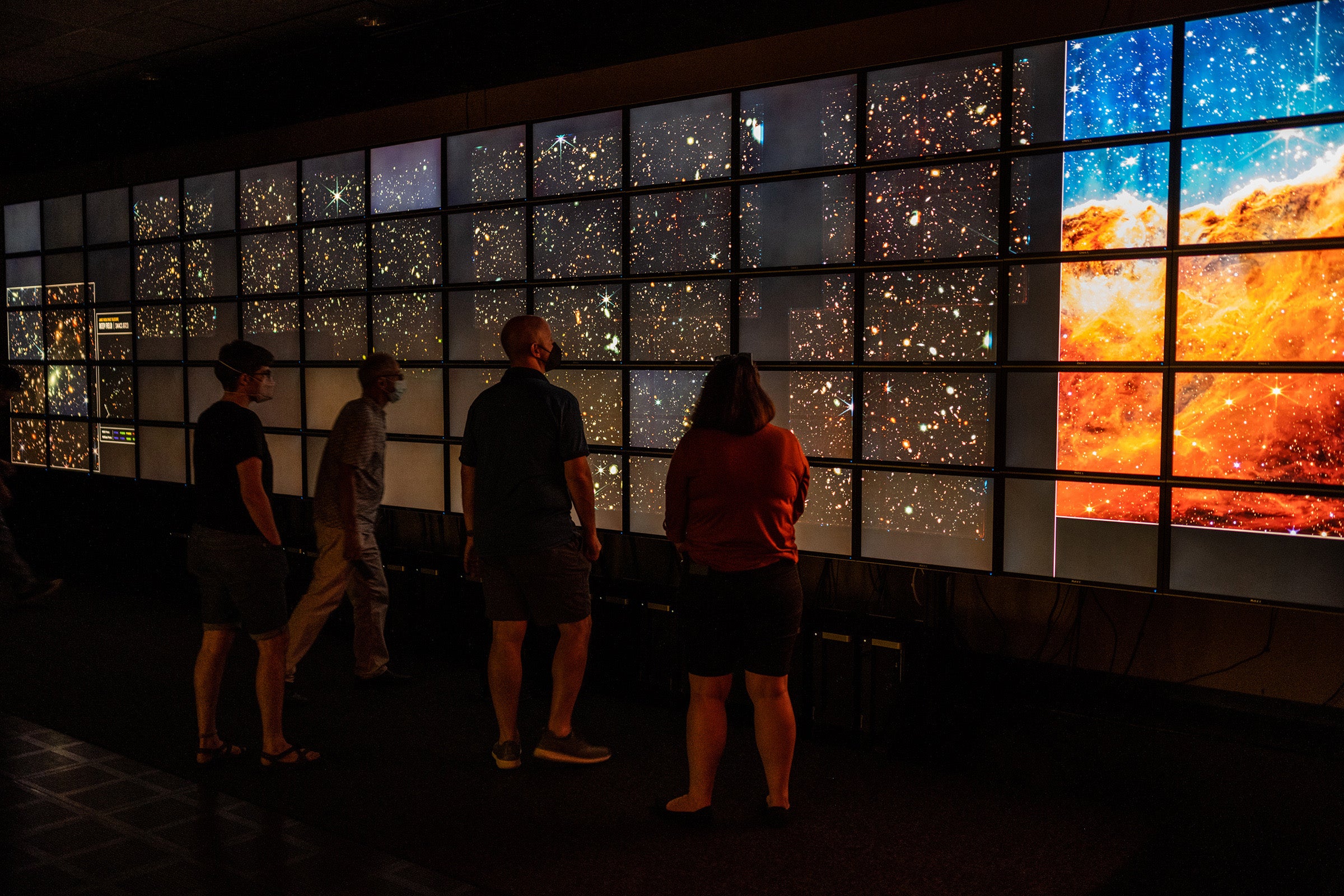
Texas Science Festival Inspires Texans to Delve into Discovery
Go deep in the heart of science this month and next.

Hobby-Eberly Telescope Reveals Galaxy Gold Mine in First Large Survey
Astronomers have barely scratched the surface of mapping the nearly endless stars and galaxies of the heavens.
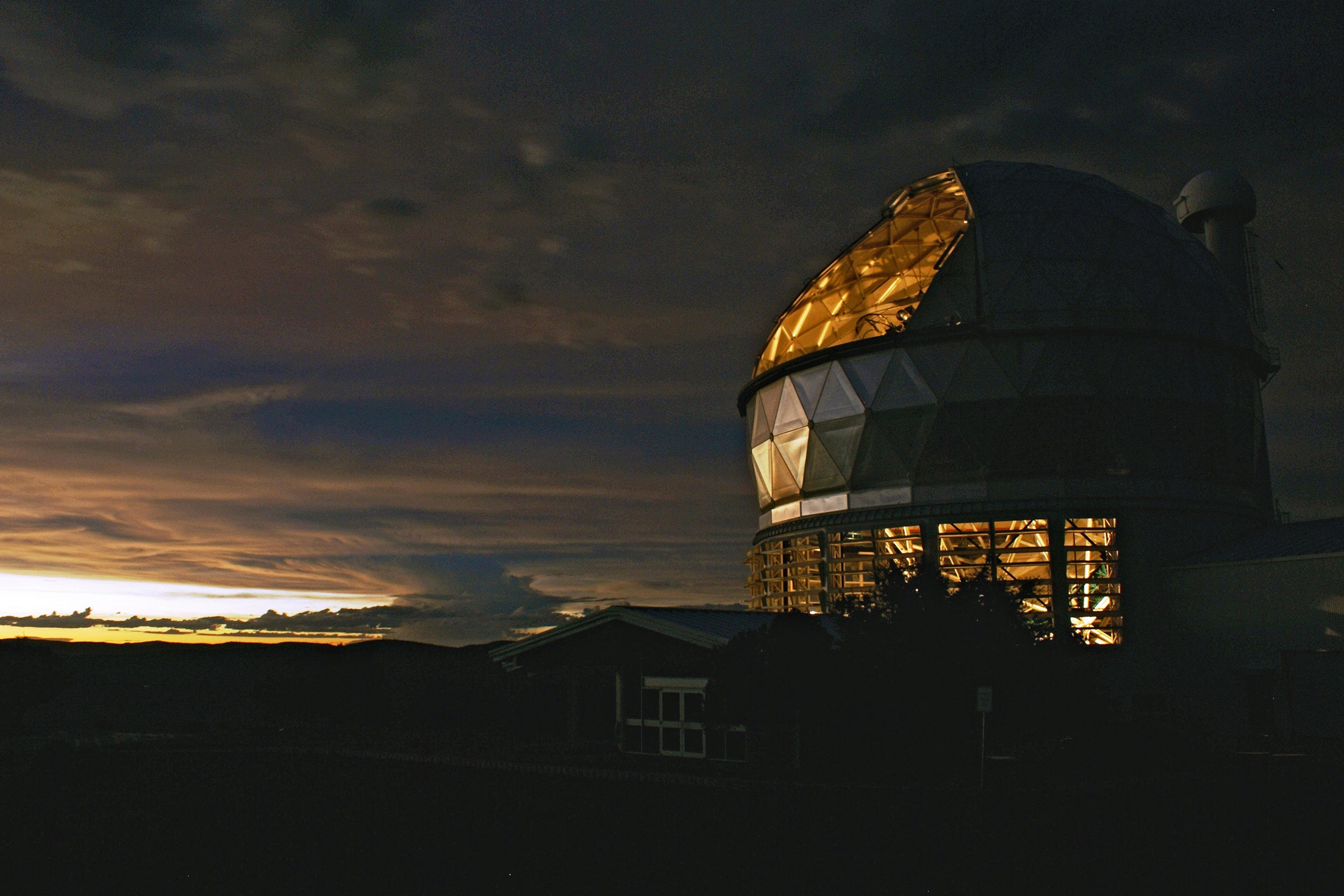
Cosmic Dawn III Recreates the Early Universe Epoch of Reionization in Unprecedented Detail
Scientists create the most detailed and accurate simulation ever produced of the first billion years of the universe.
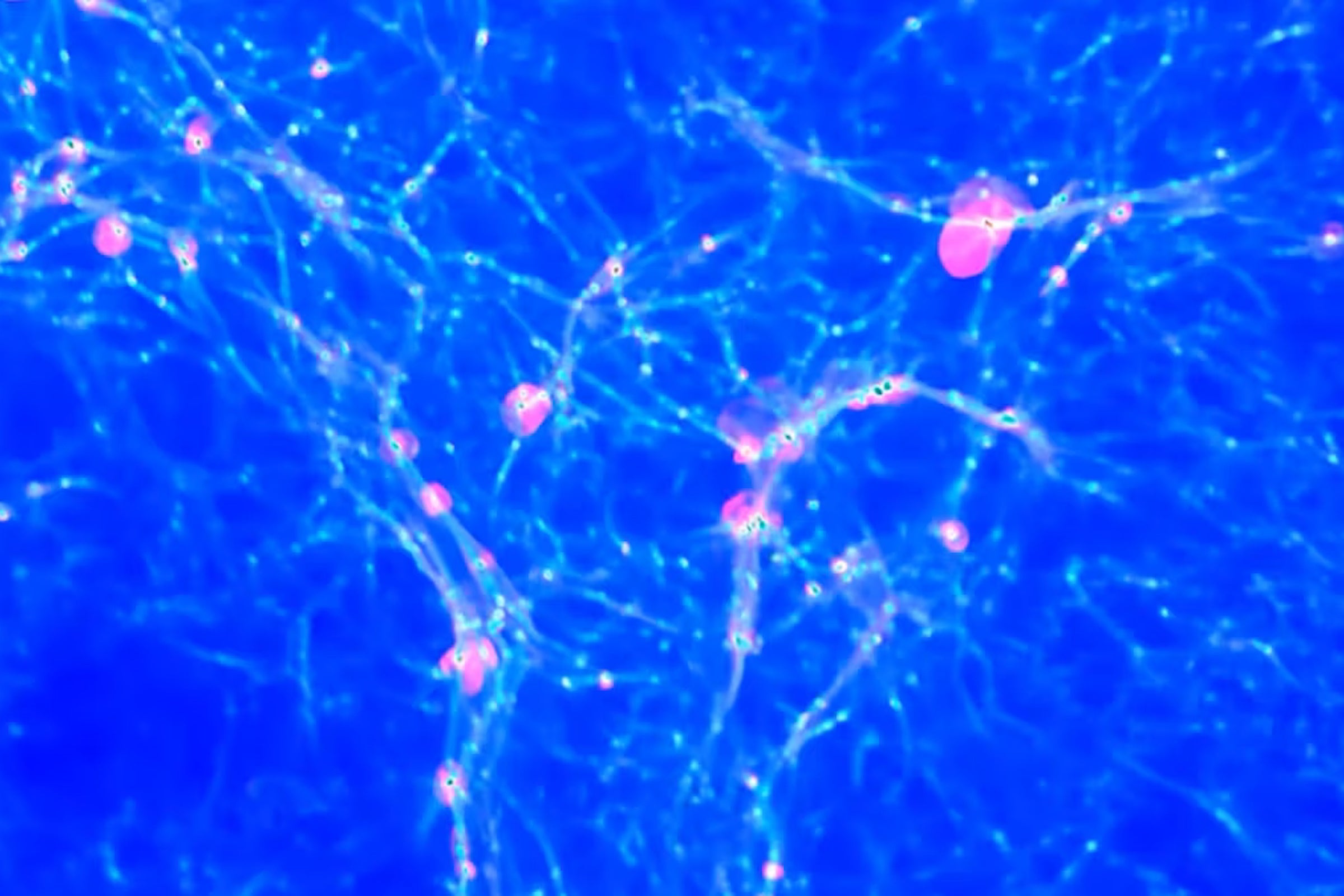
James Webb Telescope Reveals Milky Way-like Galaxies in Young Universe
Startling new images show how much more powerful JWST is than its predecessor, the Hubble Space Telescope.
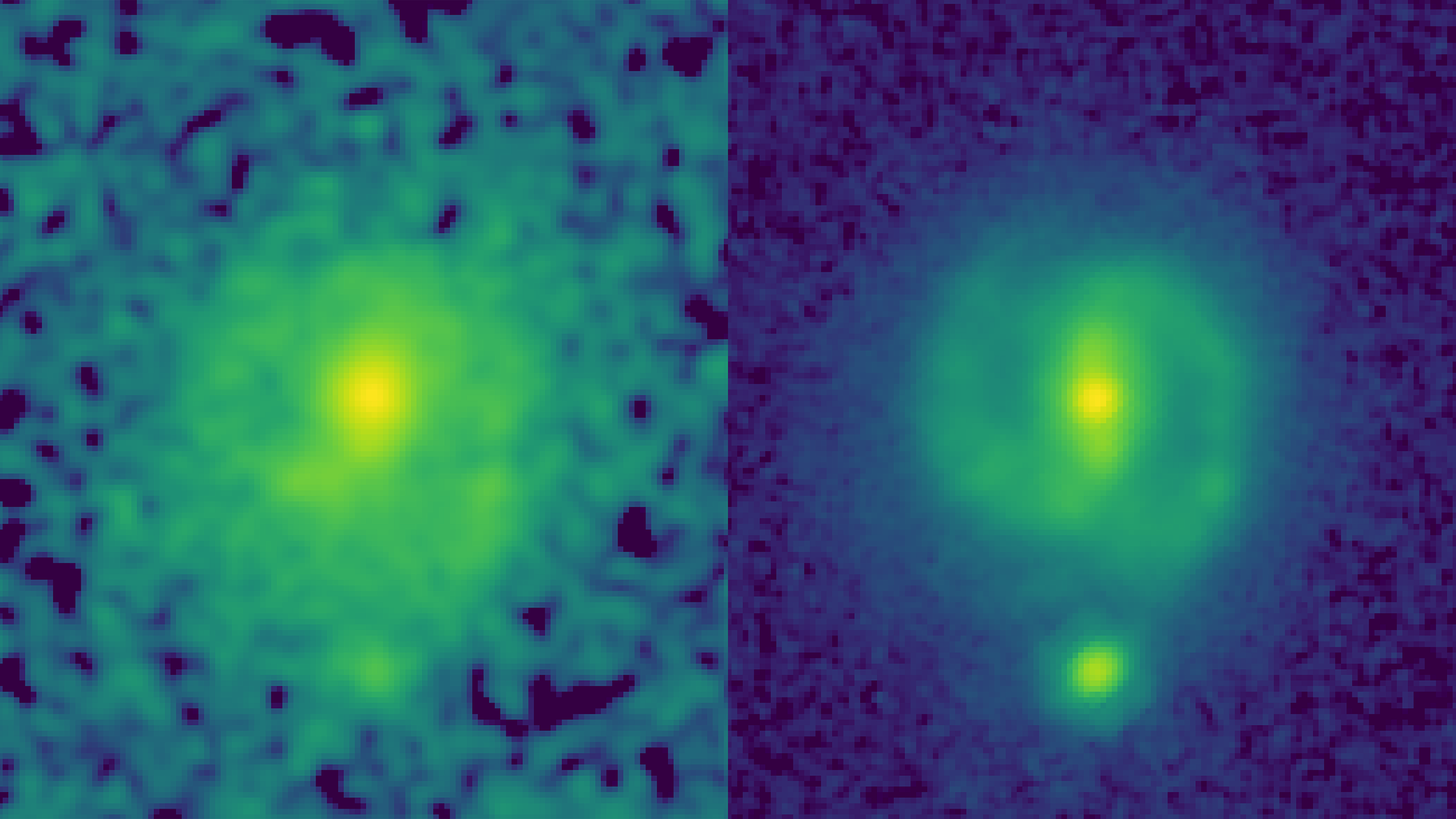
Right Place, Right Time
Like the Hubble Space Telescope before it, the James Webb Space Telescope has the potential to change the course of astronomy.
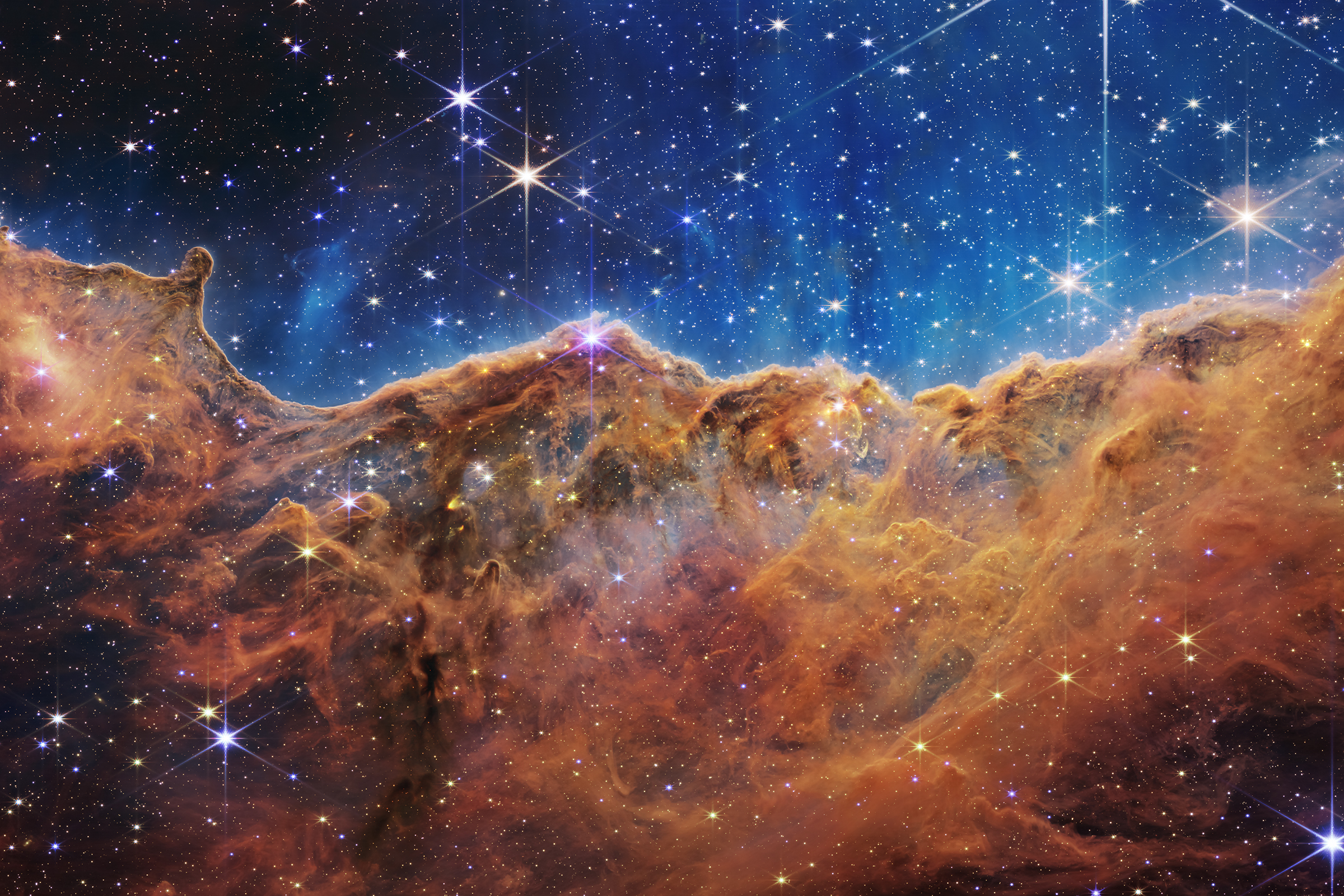
UT News
Amateur Scientists Have Helped Astronomers Identify Nearly a Quarter-Million Galaxies
Astronomers on a historically ambitious and massive galaxy-mapping mission have activated more than 10,000 amateur scientists in 85 countries to help in their quest. Now...

Postdoctoral Fellow Receives Inaugural NAS Science Communication Award
Arianna Long of UT Austin has been recognized for her communication of research on the evolution of the universe.

UT Austin Leads in New Summary of Top “Degrees of the Future”
A new report releases what the nation’s best degrees of the future are.

